Travel by train with author Pamela Mulloy
Travel by train with author Pamela Mulloy
A HUGE surprise today with author Pamela Mulloy who is just as obsessed with train travel as I am. Well, more to be honest so this lady is perfect to be on the BookTrail!
Map of locations in Off the Tracks
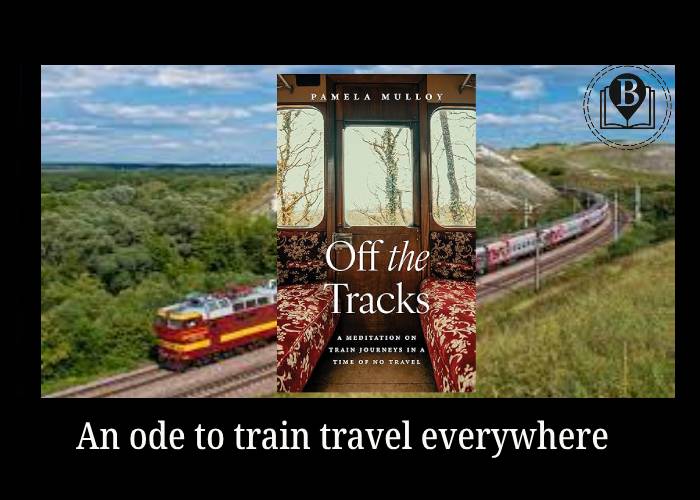
Our Slow Was Their Fast
Map of locations in Off the Tracks
In March 2020, I cancelled several trips and began taking a different sort of journey, one of revisiting train travel that I’d undertaken in the past. These remembered journeys became the starting point of my learning more about the social history of trains, and led me to reflect more deeply about why we travel. We now think of trains as slow, just a leisurely ride through the countryside, but this was not always the case. In the early days of train travel, people were often terrified of the speed, in fact you could say our slow was their fast.
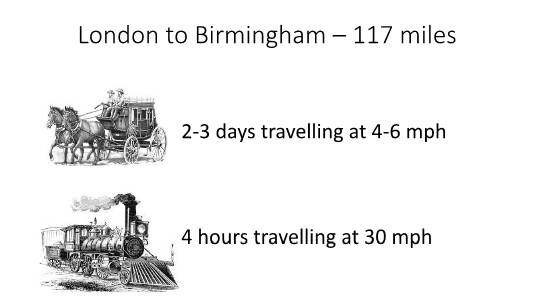
Train times
Map of locations in Off the Tracks
They were used to the slow travel of stagecoaches, horseback riding or taking journeys by foot. A trip from London to Birmingham—a distance of 117 miles—would take about two to three days by stagecoach travelling at four-six miles per hour if the roads were good, and often they were not. When the train was introduced, the same journey was done in about four hours at a shocking speed of 30 mph.
Map of locations in Off the Tracks
But along with the shock of the speed, train travel was seen to have an impact on the body. In fact, Charles Dickens calculated that there would be 30,000 jolts to the body in just one trip from Edinburgh to London. And so great was the fear of these jet engines of their day that the general public was convinced that a woman’s uterus might fly out her body because women were not built for such speed. It was also thought that travellers might stop breathing, or there might be organ displacement.
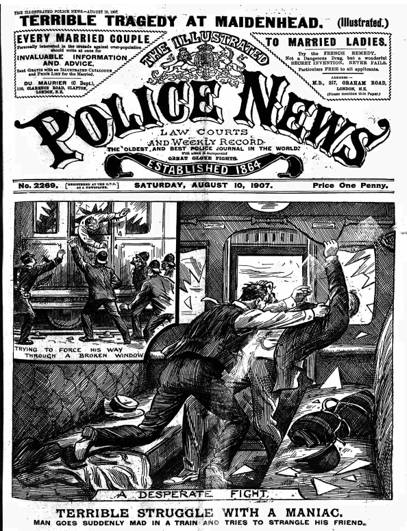
Map of locations in Off the Tracks
If this was not strange enough, train travel was even was thought to cause a kind of “madness” and was believed to “injure the brain.” In particular, the jarring motion of the train was alleged to unhinge the mind and either drive sane people mad or trigger violent outbursts from someone who might have mental health problems. Mixed with the noise of the train car, it could, it was believed, shatter nerves.

Map of locations in Off the Tracks
Another effect of this increased speed is that people were no longer able to connect with the passing landscape as they did previously, when on horse or travelling by stagecoach. It was all just a blur to them so they quickly became bored, the scenery rushing by far too quickly to enjoy. Because of this, in England, W.H. Smith saw the potential to set up a book stall in train stations with the burgeoning growth in train travel. He opened a nationwide system of book stalls and had a subscription service that allowed you to order books on one station and pick it up the next day.
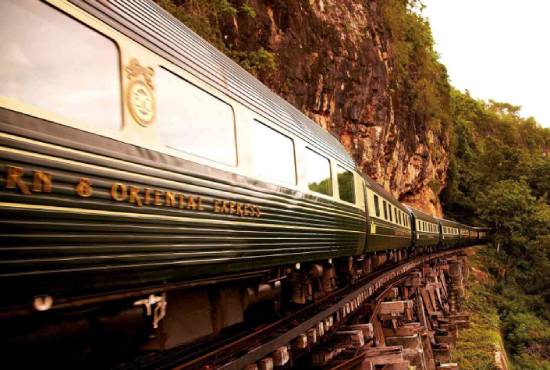
Map of locations in Off the Tracks
Today, we think of trains as slow travel and many, like me, think of it as a form of retreat, a way to escape. It offers the gift of time where I can relax, read, write, or just look out the window. It allows me some time for my mind to settle, or wander. Turns out I’m not alone in my passion for trains as we are experiencing a train renaissance.
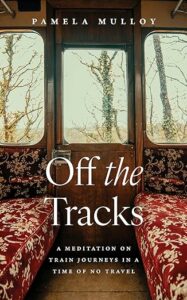
Aside from climate concerns there also appears to be a general desire for slow travel, so that the journey itself becomes part of the slowdown. Somehow flying six hours by air doesn’t give one the same gift of time that six hours of train travel might do. When flying by plane, we just want to get there, when travelling by train, we seem to arrive as soon as we board.
BookTrail Boarding Pass: Off the Tracks
Twitter: @MulloyPmulloy


